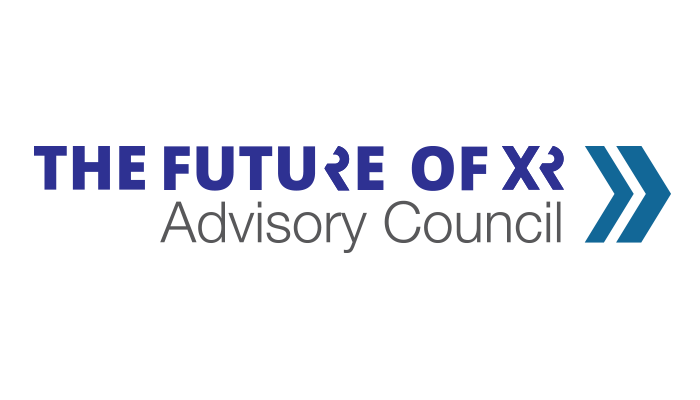Washington, D.C. – On November 16, 2022, and December 13, 2022, the XR Association (XRA) convened a working group of the Future of XR Advisory Council (XRAC). The XRAC is an independent, multi-stake-holder advisory council focused on defining the XR ecosystem and informing the ongoing work at XRA, and specifically geared to discuss the technological innovations, regulations, and considerations for the future of immersive technologies. The working group is one of five overall that will take a deeper examination of specific topics that include:
- Safety and Well-Being of Young People
- Interoperability
- Privacy
- Diversity, Equity, Inclusion and Accessibility (with a focus on the workforce)
- Norms & Behaviors in Immersive Spaces
At these first working group meetings, which focused on the Safety and Well-Being of Young People, leaders shared their vision of XR for children and teens up to age 18. Participants discussed self-regulation and industry’s role, the role of parental responsibility, the impact and role of current, and potential, state, federal, and international policies, and gaps in research, going forward.
“Children’s online safety is one of the critical issues developers, designers and industry leaders will need to consider as immersive technologies become more widely available and adopted,” said Liz Hyman, XRA’s CEO. “It’s exciting to have the input and feedback from XRAC’s diverse group of stakeholders to guide XRA’s ongoing conversations around these issues.”
The conversation covered themes around the potential use cases of immersive technologies for children in addition to risk management strategies and online safety enforcement. These themes included:
- Identifying gaps in research and exploring approaches to fill those gaps in a timely manner so initiatives to ensure the safety of young users of XR are grounded in data.
- Understanding the most near-term opportunities and contexts for safe XR use by young people (i.e., at “learning and safety zones” with trusted institutions like schools, libraries, hospitals, museums, etc.), and what role XRA and others might play in accelerating progress on promising solutions and tracking relevant data from that use.
- Ensuring that current and new tools around safety, data privacy, and content moderation are transparent, accessible, easily understood, and easily implemented.
- Ensuring that all parties (industry, parents, teachers, and policymakers) understand the tools that are available to protect children using XR and how to use those tools.
- Supporting the development of age assurance tools and technologies that minimize the risk of young users accessing inappropriate XR content.
- Properly balancing and apportioning roles and responsibility among developers, designers, industry, institutions, and policymakers involved with new immersive technologies for children
- Approaching decision-making and new developments through an equity lens at all times
These themes and concepts will be expanded upon throughout the year and more specific roadmaps and discussion will be included in a whitepaper that will encompass all five working groups of the Future of XR Advisory Council.
XRAC is composed of top executives at industry-leading companies as well as representatives from civil society, academia, and former government officials. For the full list of members, a list of the XR and Youth working group, and to see high-level notes from the first convening, visit the XRAC site.





